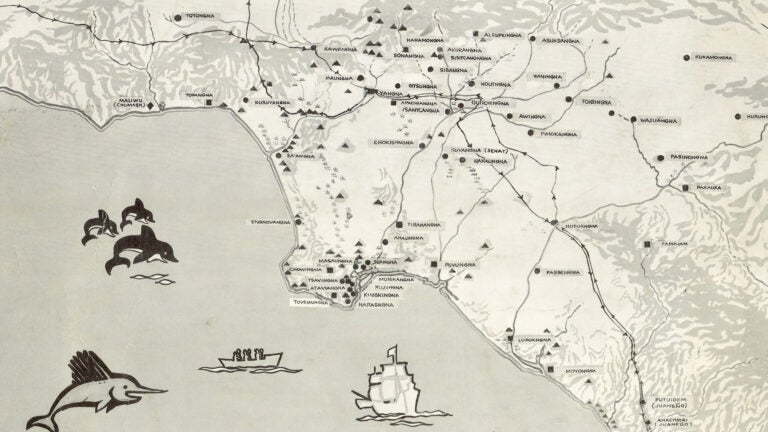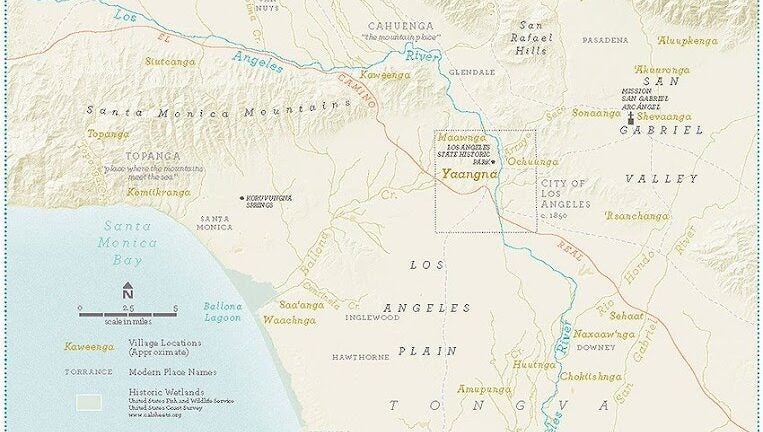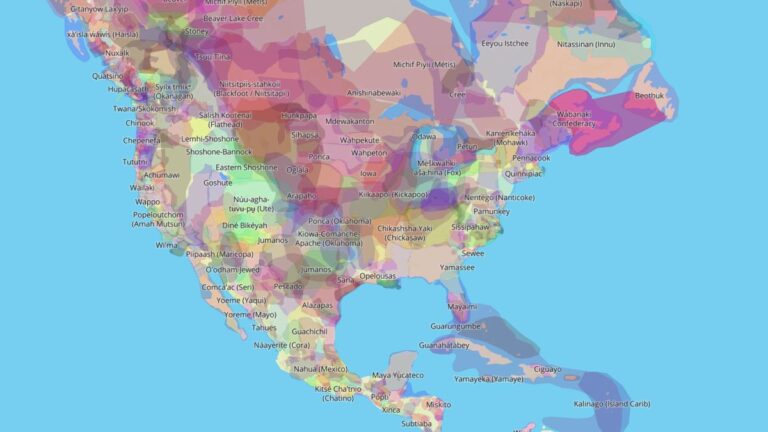
Honoring Native Lands
We acknowledge that the USC Equity Research Institute’s office is on the traditional homeland of the Tongva people. We pay our respects to the traditional caretakers of the land, the Tongva Nation, their ancestors, elders, and relations past, present, and forthcoming.
Along with the Tongva, we also recognize the Chumash, Tataviam, Serrano, Cahuilla, Juaneño, and Luiseño People, for the land that USC also occupies around Southern California. Please take a moment to consider the many impacts—past and present—of colonization, genocide, slavery, violence, displacement, migration, and settlement that bring us here today. And please join us in uncovering such truths at any and all events.
Tongva/Gabrielino people continue to reside in and around what we now call Los Angeles County—the county that is currently home to the largest population of native people in the United States.
We recognize this land acknowledgment is limited and requires us to engage in an ongoing process of learning and accountability. We are open to feedback and actively seek ways to improve our practices.
Organizations
Follow the links below to learn more Native lands and Indigenous Peoples from a few local organizations.
Resources
Review the history of Tonga villages in Los Angeles through this interactive guide by the LA Times.
UCLA’s Mapping Indigenous LA project curates digital story maps of Indigenous Los Angeles geographies to provide an interactive research platform. View their website to read through their story maps.
Professor Charles Sepulveda from the University of Utah analyzes the effects of Western dynamics against tribal specific understanding of lands and waters around the Santa Ana River in southern California. Read more here.
Learn whose land you are on by visiting native-land.ca.


